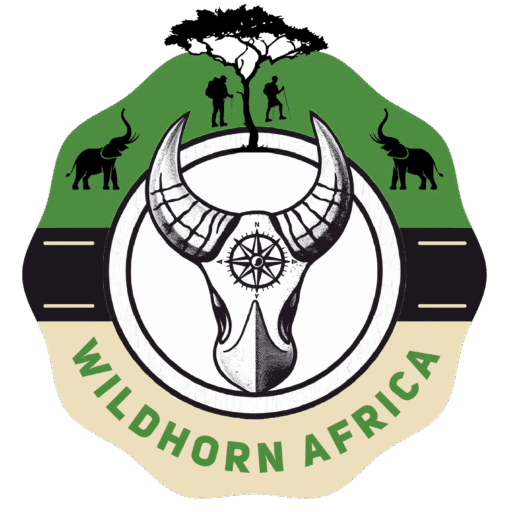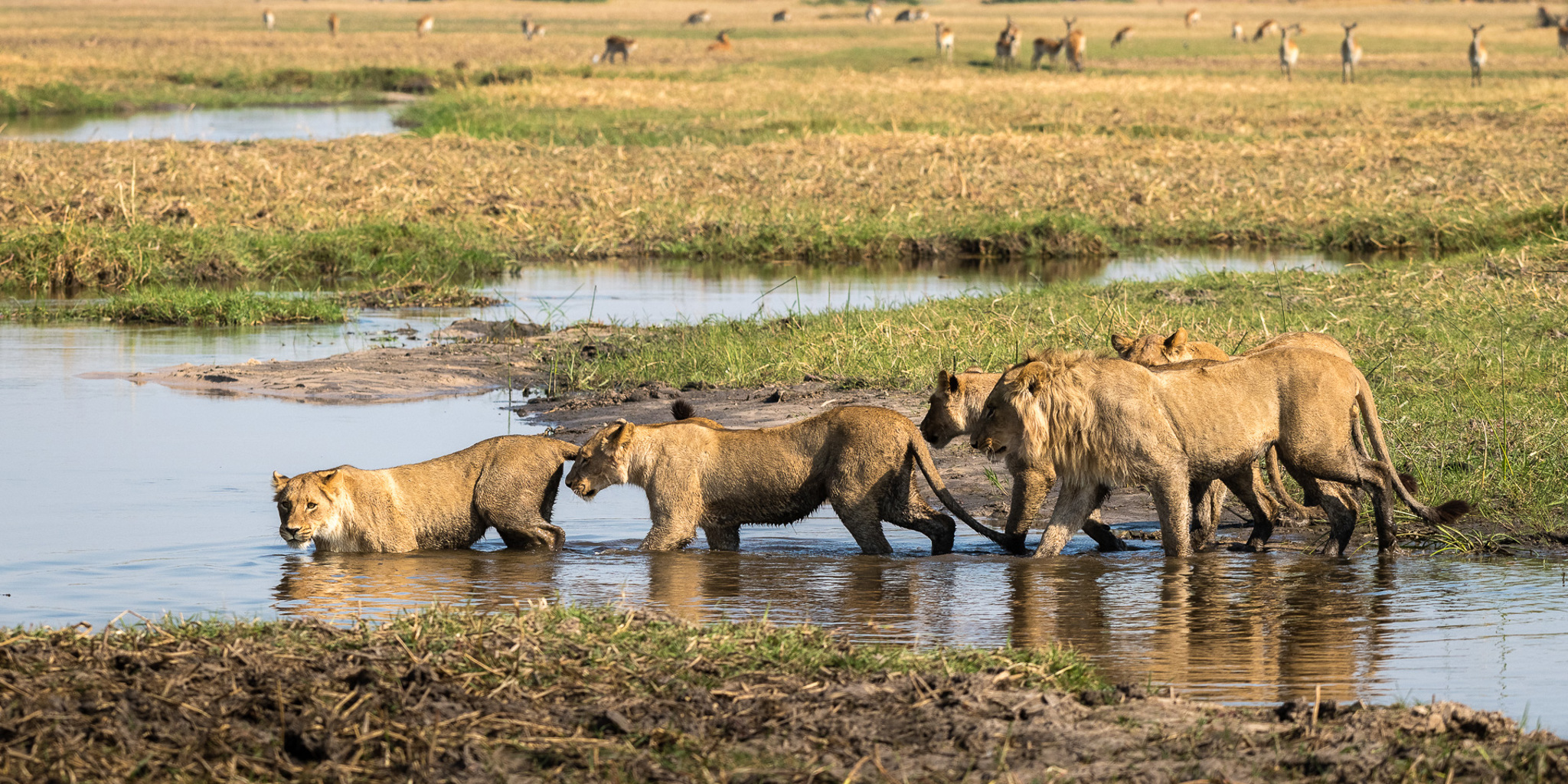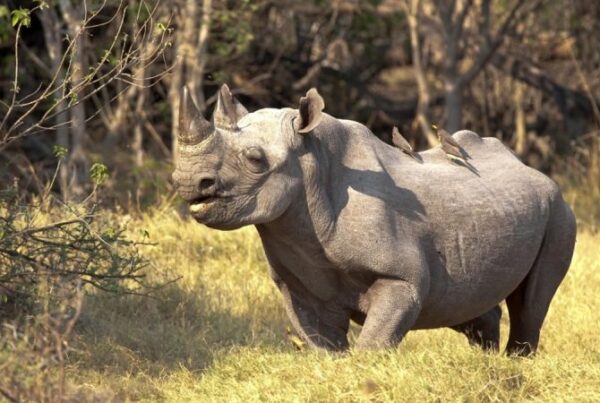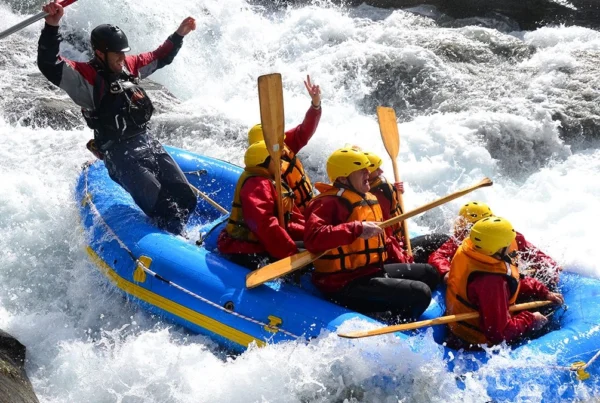Top 10 Best African Safari Parks & Destinations of 2025
An Immersive Journey into the Wild Heart of Africa
Discovering Africa’s Untamed Majesty
Africa remains the eternal heartbeat of the wild, where vast savannahs melt into dense jungles, arid deserts breathe under golden sunsets, and life unfolds in primal rhythm. In 2025, safari enthusiasts are rediscovering the continent’s wild allure, drawn to destinations that have become legends in the world of travel. These locations offer not only sightings of the Big Five, but deeply immersive experiences that bridge culture, conservation, and untouched nature.
From the plains of East Africa to the forests of Central and Southern Africa, the continent’s safari destinations have evolved into more than just wildlife-viewing areas. They now stand as living theaters of biodiversity, cultural epicenters, and strongholds of conservation. Travelers in 2025 are seeking destinations that evoke awe, ignite curiosity, and leave a lasting impact. As such, the top ten African safari destinations have been selected for their distinct ecosystems, rich wildlife densities, luxurious yet sustainable lodgings, and the ability to evoke something truly transformative.
Serengeti National Park – Tanzania’s Timeless Wilderness
No mention of African safaris is complete without the Serengeti—a name that conjures images of golden grasslands teeming with life. In 2025, it continues to reign as one of the most iconic destinations in the world. Its prominence is not solely attributed to its fame but to the Great Migration, an annual spectacle involving over two million wildebeest, zebras, and gazelles moving in a synchronized rhythm across the plains.
Visitors who find themselves on the open Serengeti plains often witness dramatic predator-prey interactions, as lions, cheetahs, and crocodiles lie in wait. The northern Serengeti, particularly near the Mara River, remains a focal point for thrilling river crossings that captivate the spirit. The seamless integration of luxury lodges with eco-conscious practices allows travelers to engage with the wild without intruding upon it.
Maasai Mara National Reserve – Kenya’s Crown Jewel
Connected to the Serengeti ecosystem but distinct in its character, Kenya’s Maasai Mara serves as a canvas of pure drama. In 2025, it remains the best place to spot big cats, including prides of lions and elusive leopards. Its landscapes are dotted with acacia trees and rolling hills, painted in gold during sunrise and sunset.
The Maasai people still live within and around the reserve, offering travelers an authentic cultural immersion unmatched elsewhere. Game drives with experienced Maasai guides reveal not only wildlife, but the age-old relationship between people and nature. With carefully managed tourism policies and increasing emphasis on community-based conservation, the Mara balances human presence and environmental integrity.
Okavango Delta – Botswana’s Living Mosaic
Where rivers disappear into desert, life flourishes. This paradox is perfectly embodied by the Okavango Delta, a UNESCO World Heritage Site that pulses with floodwaters each year, transforming Botswana’s Kalahari into a lush paradise. In 2025, the Okavango’s biodiversity and exclusivity have solidified its reputation as a high-end, low-impact safari destination.
Travelers explore by traditional mokoro canoes, drifting silently past elephants wading through lilies and antelopes leaping across channels. The delta is one of the few places in Africa where safaris are conducted both on water and land, offering a dynamic viewing experience. With the rise of tented eco-camps and strict visitor limits, the area has been preserved as a pristine sanctuary of serenity and spectacle.
Kruger National Park – South Africa’s Ecological Powerhouse
As one of the oldest and most established safari parks, Kruger National Park in South Africa stands as a symbol of accessibility, biodiversity, and comfort. In 2025, it continues to attract both first-time safari-goers and seasoned adventurers due to its diverse ecosystems and expansive infrastructure.
Stretching nearly 20,000 square kilometers, Kruger is home to an astounding variety of wildlife, including rare species such as the African wild dog and black rhino. With paved roads, rest camps, and luxury private concessions, Kruger offers a tailored experience—whether one seeks rustic self-drive safaris or fully guided photographic journeys. Its advanced conservation programs and anti-poaching units have made it a model for other parks across Africa.
Etosha National Park – Namibia’s Salt Pan Sanctuary
In the stark yet stunning landscapes of Namibia, Etosha National Park reveals a world of contrast. Dominated by the vast Etosha salt pan, which shimmers under the desert sun, the park is a magnet for wildlife, especially during the dry months when animals congregate at waterholes.
In 2025, Etosha’s self-drive safari model and minimal crowds continue to appeal to independent travelers. The clarity of visibility across the open plains makes animal tracking a rewarding experience, as elephants, giraffes, lions, and even black rhinos can often be spotted from miles away. The park’s ethereal landscape creates a unique visual atmosphere, offering photographers an almost surreal canvas.
Bwindi Impenetrable Forest – Uganda’s Primal Eden
Deep within the emerald rainforests of Uganda, the Bwindi Impenetrable Forest remains one of the last strongholds of the endangered mountain gorilla. In 2025, the opportunity to trek through this ancient forest and come face to face with gorilla families in their natural habitat remains an emotional and transformative experience.
Bwindi is not just a sanctuary for gorillas, but a biodiversity hotspot teeming with birds, butterflies, and rare flora. Conservation tourism has provided crucial funding for both wildlife protection and local community development. Permits remain limited to ensure minimal impact, making each trek a highly exclusive and meaningful journey into the heart of nature.
South Luangwa National Park – Zambia’s Wild Masterpiece
Often considered Zambia’s hidden treasure, South Luangwa has gained global recognition in 2025 for its unspoiled beauty and raw authenticity. Known as the birthplace of the walking safari, it offers a unique approach—experiencing the bush on foot under the guidance of expert rangers.
The Luangwa River weaves through the park, drawing animals of all kinds. The high concentration of leopards, along with herds of elephants and vibrant birdlife, makes it a magnet for wildlife enthusiasts and photographers. Its remoteness and focus on conservation-based tourism provide a deeply personal connection with nature, far from the crowds and mainstream routes.
Volcanoes National Park – Rwanda’s Conservation Triumph
In the misty mountains of northern Rwanda, Volcanoes National Park offers one of the most intimate and rare wildlife experiences on the planet. Home to several habituated families of mountain gorillas, the park has become a symbol of ecological rebirth and peace following the nation’s past.
In 2025, Volcanoes National Park is celebrated not only for its gorilla encounters but also for its highly sustainable tourism model. A significant portion of permit revenues supports local communities and gorilla conservation. Trekking here is often described as life-altering, as travelers ascend volcanic slopes in silence before locking eyes with a creature that shares nearly 98% of our DNA.
Chobe National Park – Botswana’s Elephant Empire
In the northeast corner of Botswana lies Chobe National Park, a sanctuary famed for its dense elephant population, which has grown to over 120,000 in recent years. The Chobe River, especially during the dry season, draws enormous herds to its banks, creating a natural spectacle of epic proportions.
By 2025, boat safaris have become the favored way of exploring Chobe, offering unique vantage points of elephants swimming, crocodiles sunning, and hippos emerging from the depths. The park also boasts diverse landscapes—from swamps and floodplains to dry woodlands—each supporting a distinct set of species. Chobe’s proximity to Victoria Falls adds another layer to its allure, allowing travelers to combine dramatic wildlife with one of the world’s most powerful waterfalls.
Ngorongoro Crater – Tanzania’s Natural Amphitheater
Often referred to as the world’s largest intact volcanic caldera, Ngorongoro Crater remains a unique safari destination in 2025. Its enclosed ecosystem acts like a natural zoo, home to a stunning concentration of wildlife, including the endangered black rhino and a rare population of lions adapted to life within the crater.
Travelers are mesmerized not only by the abundance of animals but also by the sheer beauty of the crater itself. Misty crater rims give way to a lush green basin filled with acacia trees, soda lakes, and open plains. The experience is deeply cinematic, with nature unfolding like a perfectly orchestrated scene under the watchful gaze of the ancient crater walls.
Your Journey Begins With WildHorn Africa
While these ten safari destinations represent the pinnacle of African wilderness in 2025, the experience itself is only as powerful as the guides who bring it to life. Booking through a trusted operator ensures that your adventure is seamless, ethical, and unforgettable.
WildHorn Africa, with its profound expertise, tailor-made itineraries, and commitment to conservation, has become the go-to partner for travelers seeking not just a safari—but a soul-stirring journey. Whether your heart is set on gorilla trekking in Uganda, river cruising in Botswana, or lion tracking in Kenya, WildHorn Africa curates your safari with passion, knowledge, and care.
Step into the wild. Let your adventure begin with WildHorn Africa.




 WildHorn Africa – Authentic and unforgettable tours across Africa, guided by local experts who know the land, wildlife, and culture best.
WildHorn Africa – Authentic and unforgettable tours across Africa, guided by local experts who know the land, wildlife, and culture best.


